What Nd Filter For Sunny Day?
When it comes to photography, one of the most common challenges is dealing with bright sunlight. This is where Neutral Density (ND) filters come into play. ND filters are essential tools for photographers who want to control the amount of light entering their camera lens without affecting the color of the image. They are particularly useful on sunny days when the light is harsh and can lead to overexposed images. In this article, we will explore the different types of ND filters, their uses, and how to choose the right one for a sunny day.
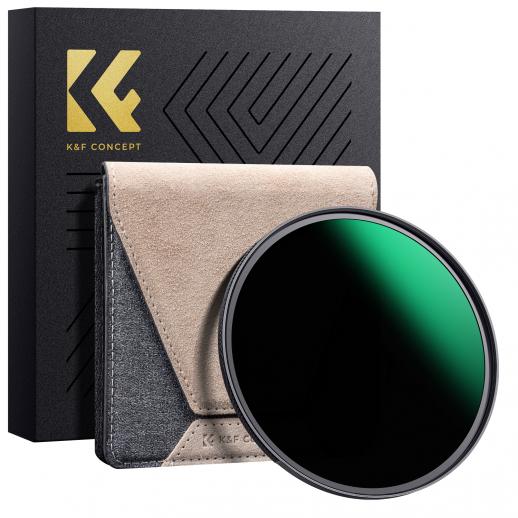
Understanding ND Filters
ND filters are essentially darkened pieces of glass or resin that reduce the amount of light entering the camera lens. They come in various strengths, measured in stops, which indicate how much light they block. For example, a 1-stop ND filter reduces the light by half, a 2-stop ND filter reduces it to one-quarter, and so on. The higher the number of stops, the darker the filter and the more light it blocks.
Types of ND Filters
1. Fixed ND Filters: These filters have a set level of light reduction. They are straightforward to use and are available in various strengths, such as ND2 (1-stop), ND4 (2-stops), ND8 (3-stops), and so on.
2. Variable ND Filters: These filters allow you to adjust the level of light reduction by rotating the filter. They offer more flexibility as you can change the strength without swapping filters. However, they can sometimes introduce unwanted artifacts like cross-polarization.
3. Graduated ND Filters: These filters have a gradient, with one part being darker than the other. They are useful for balancing the exposure in scenes with a significant difference in brightness, such as landscapes with a bright sky and a darker foreground.
Choosing the Right ND Filter for a Sunny Day
On a sunny day, the light is intense, and you may need a stronger ND filter to achieve the desired effect. Here are some common scenarios and the recommended ND filter strengths:
1. General Photography: For general outdoor photography on a sunny day, an ND4 (2-stops) or ND8 (3-stops) filter is usually sufficient. These filters will help you avoid overexposure and maintain the correct exposure settings.
2. Long Exposure Photography: If you want to capture long exposure shots, such as smooth water or motion blur in clouds, you will need a stronger ND filter. An ND64 (6-stops) or ND1000 (10-stops) filter is ideal for these situations. These filters allow you to use slower shutter speeds even in bright sunlight.
3. Portrait Photography: When shooting portraits in bright sunlight, you may want to use a wide aperture to achieve a shallow depth of field. An ND8 (3-stops) or ND16 (4-stops) filter can help you achieve this by reducing the light and allowing you to use a wider aperture without overexposing the image.
4. Video Recording: For video recording, maintaining a consistent shutter speed is crucial to achieving a natural motion blur. An ND8 (3-stops) or ND16 (4-stops) filter is often used to control the exposure and maintain the desired shutter speed.
Practical Tips for Using ND Filters
1. Check the Weather: Before heading out, check the weather forecast. If it's going to be a particularly bright and sunny day, consider carrying a range of ND filters to cover different lighting conditions.
2. Use a Tripod: When using strong ND filters for long exposure photography, a tripod is essential to keep the camera steady and avoid blurry images.
3. Compose Your Shot First: ND filters can make it difficult to see through the viewfinder or on the LCD screen. Compose your shot first, then attach the ND filter.
4. Adjust White Balance: ND filters can sometimes introduce a color cast. Adjust the white balance in-camera or in post-processing to correct any color shifts.
5. Experiment with Different Filters: Don't be afraid to experiment with different ND filter strengths to achieve the desired effect. Each scene and lighting condition is unique, and what works for one situation may not work for another.
Choosing the right ND filter for a sunny day can significantly enhance your photography by allowing you to control the exposure and achieve creative effects. Whether you're shooting landscapes, portraits, or videos, understanding the different types of ND filters and their uses will help you make an informed decision. Remember to consider the lighting conditions, the effect you want to achieve, and the practical tips mentioned above to get the best results. With the right ND filter, you can take your photography to the next level and capture stunning images even in the brightest sunlight.

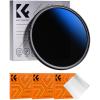


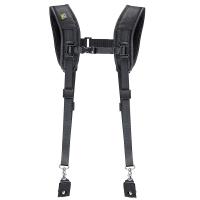

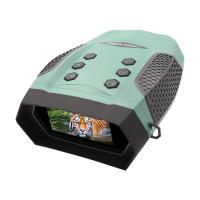
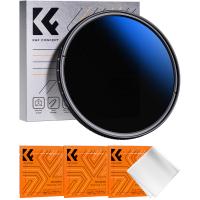


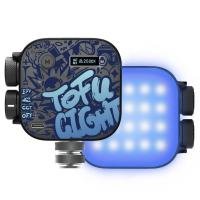
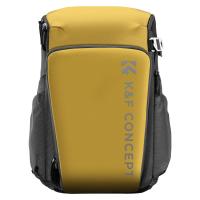

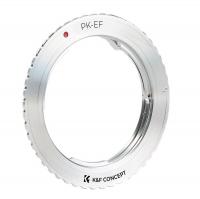

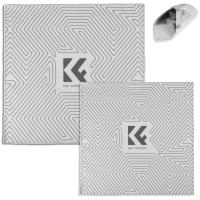
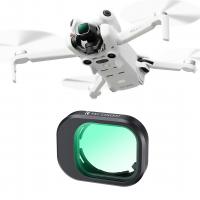
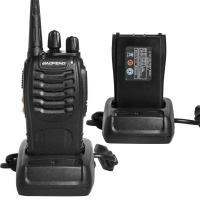

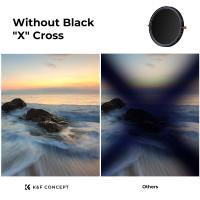
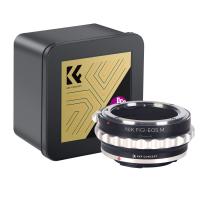
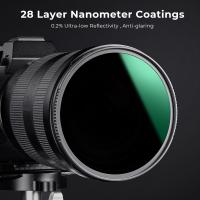
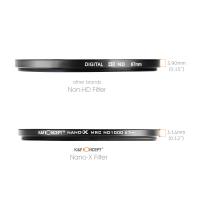


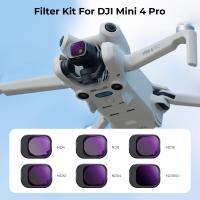
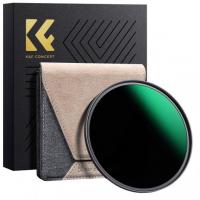
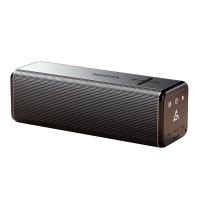
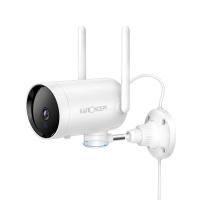

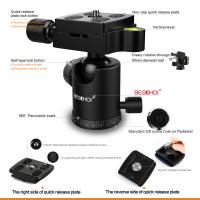
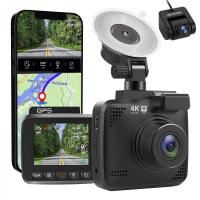

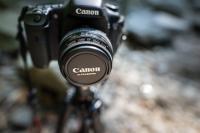

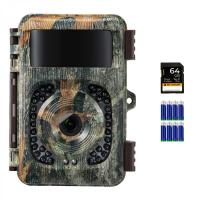


There are no comments for this blog.